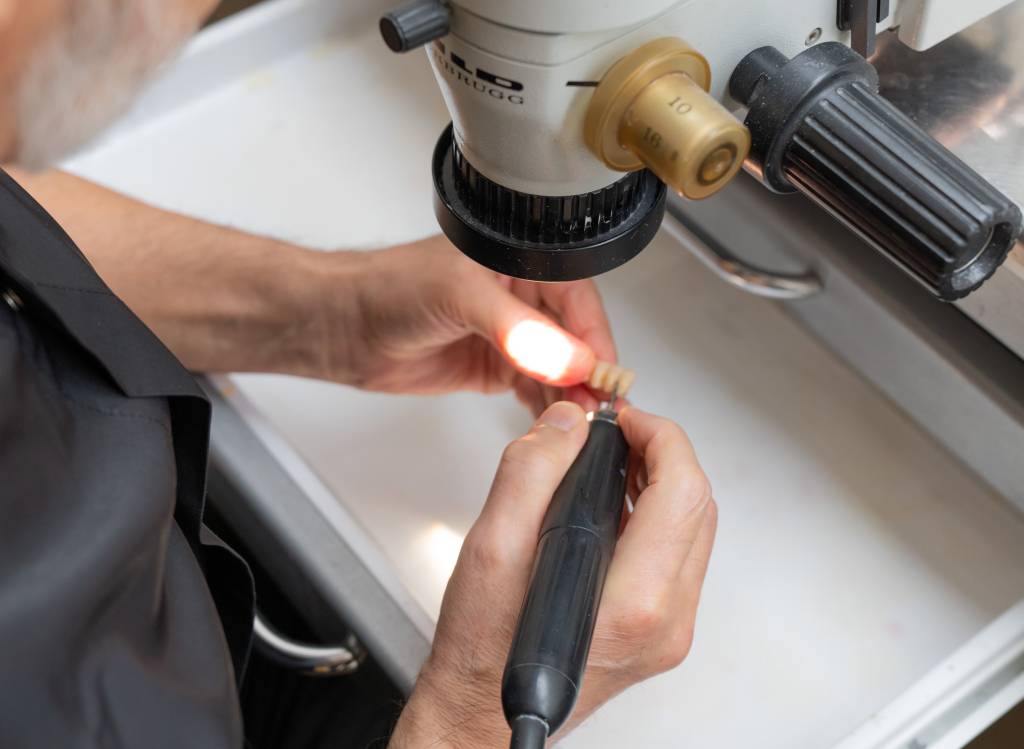DENTAL BRIDGES
The fixed partial prosthesis (bridge) consists of a prosthetic device in which the artificial teeth that replace the lost ones are anchored to dental crowns cemented on the natural teeth adjacent to the edentulous gap that acts, therefore, as pillars. There are different types of fixed partial prostheses called “bridges”.
"Classic" Bridge
The bridge can be applied when the natural teeth on both sides of the space created by the missing tooth can act as pillar elements.
Bridges "In extension."
Although similar to a traditional bridge, this device is held in place by a single dental crown cemented onto a single pillar tooth. There are very few clinical indications for this type of prosthesis!
Adhesive bridge or "Maryland bridge"
Adhesive or Maryland bridges can be anchored to one or two natural pillar teeth adjacent to the edentulous gap. However, while a traditional bridge is anchored to the pillar teeth using crowns, for which they must be prepared (filed), a Maryland bridge is “glued” to the inside of the pillar teeth.

Bridge supported by implants
Implant-supported bridges use dental implants as anchors instead of natural teeth. In cases where placing an implant for each missing tooth is not appropriate, building a bridge anchored to crowns supported by implants is possible. An implant-supported bridge requires a two-stage treatment:
The first step to insert implants into the jaw bone
A second phase to position the bridge
This type of procedure can take a few months to complete.
Our team has gained a long experience in the treatment of complex cases and in the retreatment of clinical cases that have suffered failures with previous prosthetic therapies, and we are mainly oriented to satisfy demanding patients with great aesthetic expectations.